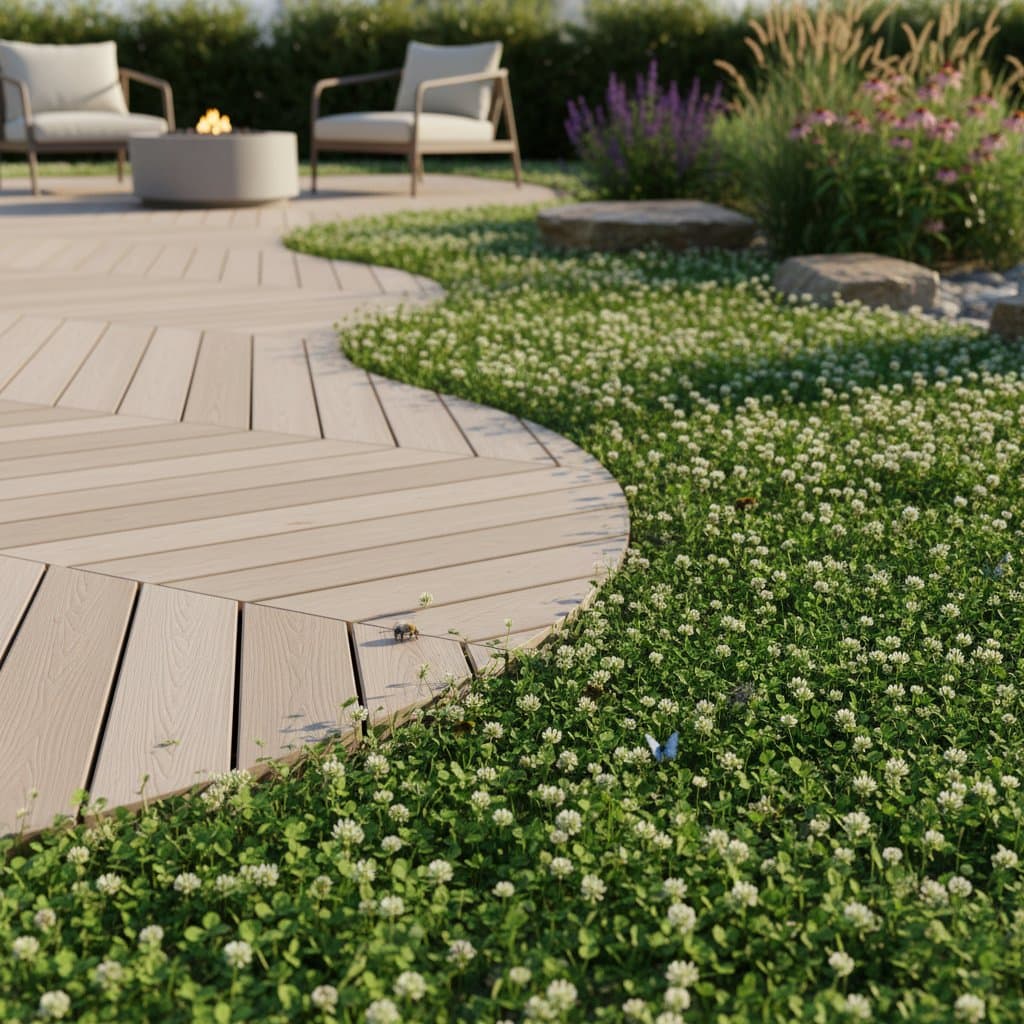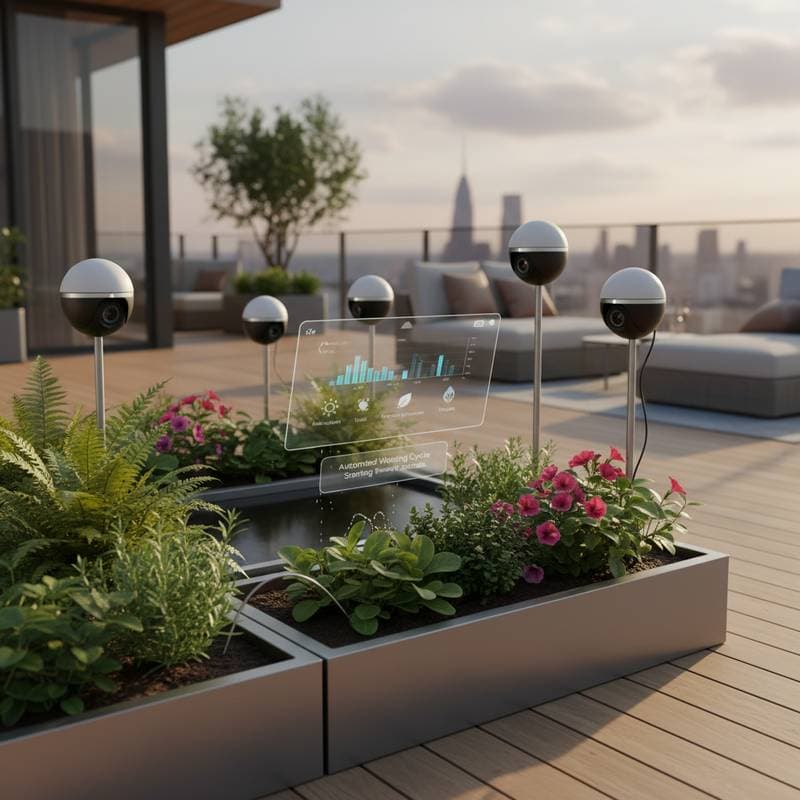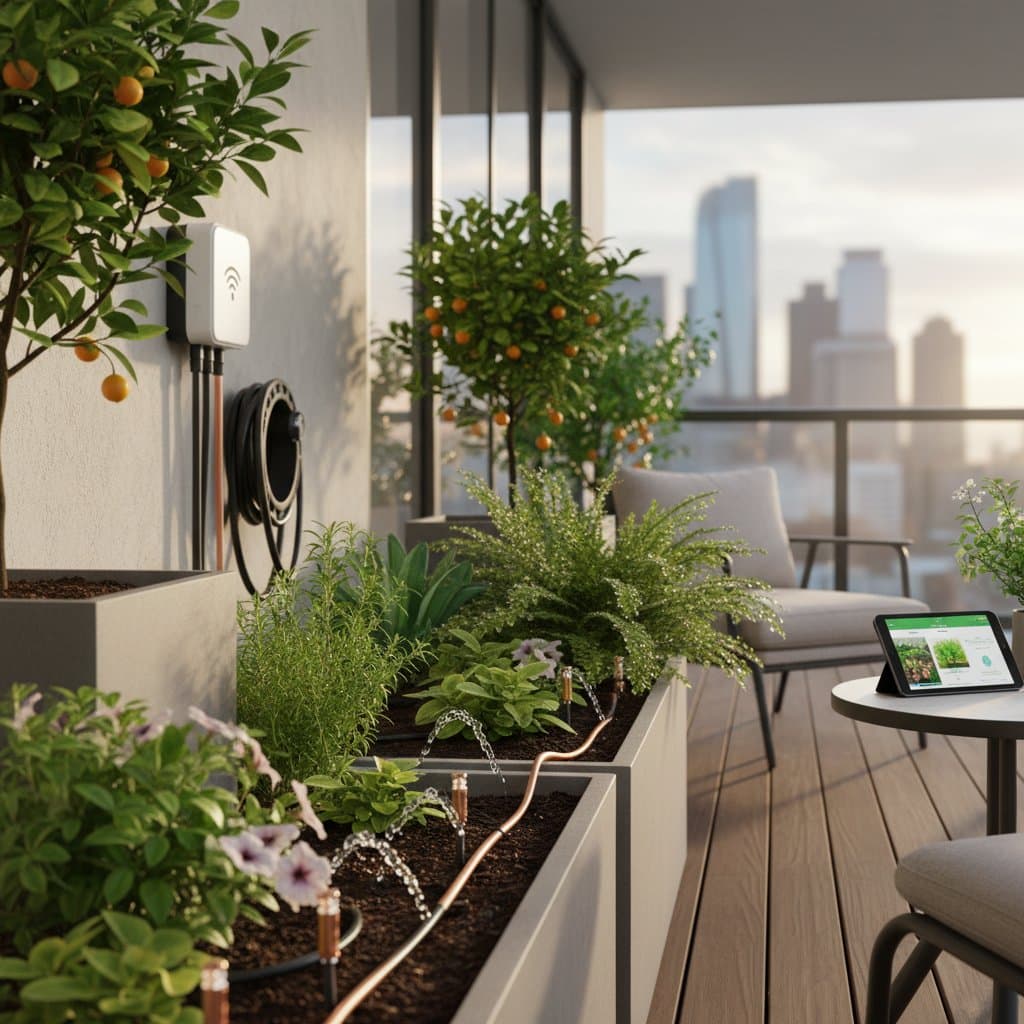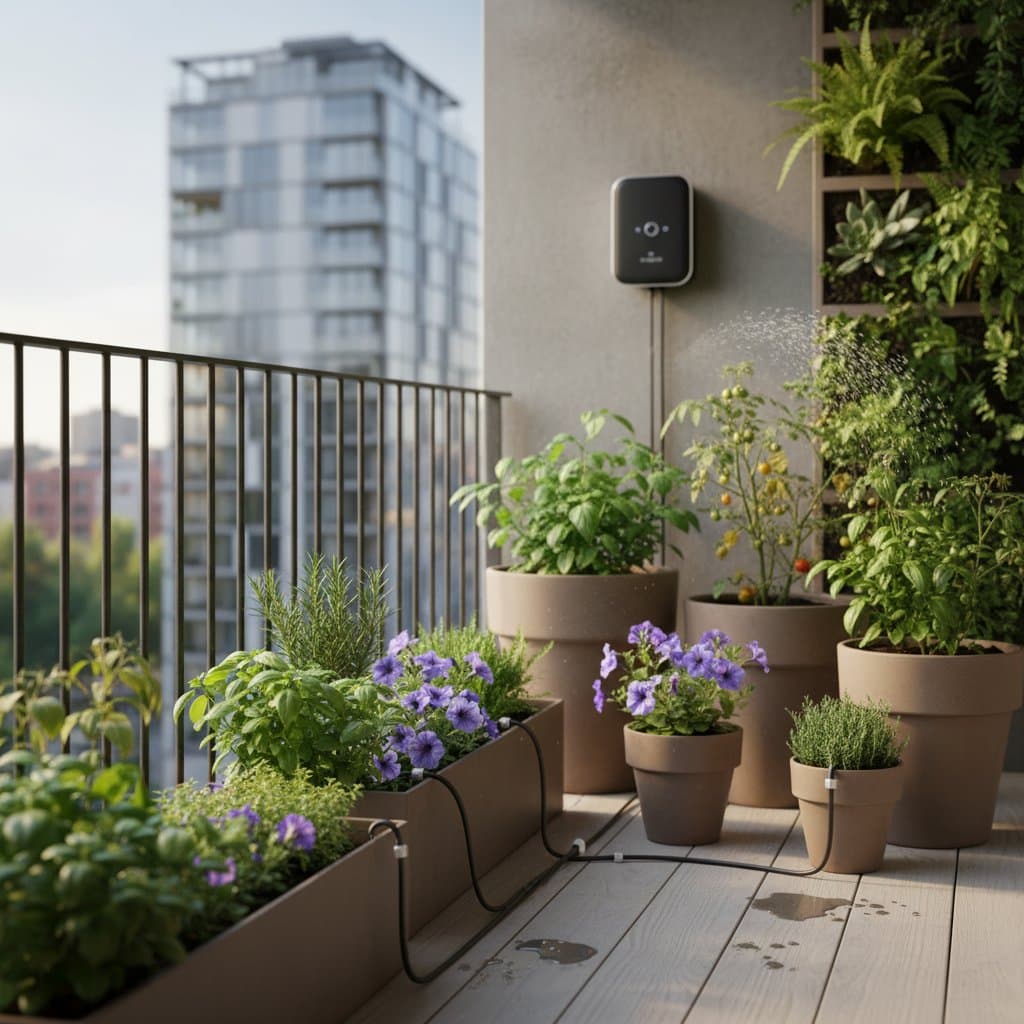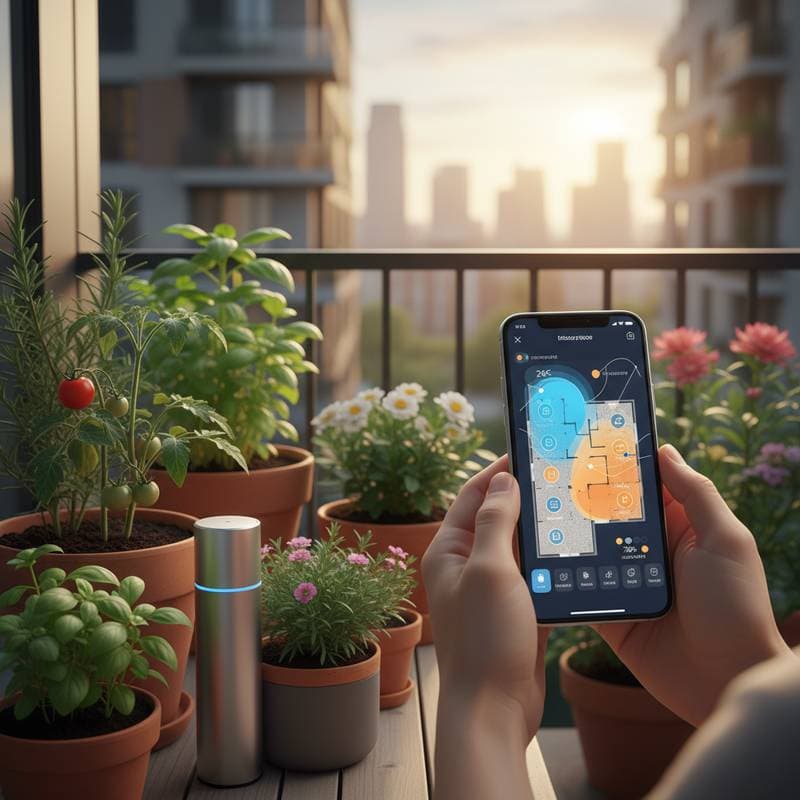Step 7: Secure and Label Components
After verifying that water flows evenly through all lines, secure the tubing with clips or ties to prevent movement from wind or daily handling. Position these fasteners along railings or pot edges without pinching the lines, which could restrict flow. Next, assign clear labels to each valve or zone within the app interface, such as 'front herbs,' 'rear tomatoes,' or 'suspended baskets.' These labels enable swift adjustments to schedules during growth changes or weather shifts, reducing errors in management.
Troubleshooting Common Issues
Even well-designed systems encounter occasional challenges. Addressing them promptly ensures consistent performance and plant health. The following outlines frequent problems, their causes, and targeted solutions.
Uneven Water Distribution
Cause: Variations in water pressure or blockages in emitters from mineral deposits or debris.
Solution: Inspect and clean the inline filter by removing it and rinsing under running water. Flush the entire mainline by disconnecting the end cap and running water for one minute. For persistently dry emitters, snip and replace the affected unit with a new one to restore balance.
Timer Connectivity Failures
Cause: Intermittent Wi-Fi signals or depleted power sources in the timer unit.
Solution: Relocate the timer to a spot with stronger signal reception, ideally within 30 feet of the router. Recharge the battery fully or replace it if necessary. Verify that the app has full access to location services and notifications on your device.
Excess Water in Containers
Cause: Watering durations set longer than required for soil absorption rates.
Solution: Shorten each cycle by five minutes and monitor soil moisture levels after 48 hours. Use a simple probe or finger test to gauge dryness before resuming full operation.
Persistent Plant Wilting
Cause: Shallow root development or overly dense soil that hinders water penetration.
Solution: Gently aerate the top 2.5 centimeters of soil with a fork to improve drainage. Incorporate a thin layer of compost to enhance moisture retention without compacting further.
Ongoing Maintenance Practices
Reliable operation over multiple seasons demands consistent upkeep. Focus on preventive measures to avoid breakdowns and extend component lifespan. Divide tasks by frequency for efficient integration into your routine.
Monthly Maintenance Routine
- Initiate a flush cycle: Remove end plugs from the lines and allow water to run for two minutes to expel accumulated sediment and prevent clogs.
- Monitor the timer's power status through the app dashboard and recharge or swap batteries as indicated.
- Examine all tubing segments for signs of UV degradation, such as brittleness, or biological growth like algae. Cut out and replace any compromised sections to maintain flow integrity.
Seasonal Maintenance Routine
- Soak emitters in a solution of equal parts water and white vinegar for 30 minutes, then rinse thoroughly to remove lime scale and mineral residues.
- Revise watering schedules based on changing daylight patterns; reduce frequency in autumn and increase in spring to match plant metabolic shifts.
- In anticipation of sub-zero temperatures, drain all water from the system by blowing air through the lines, then store disassembled parts in a dry indoor area to prevent cracking.
Soil Moisture Assessment Technique
Insert a finger to a depth of 2.5 centimeters into the soil surface. If it feels slightly moist, the current schedule supports optimal hydration. Adjust upward for bone-dry conditions or downward for saturated states to fine-tune delivery.
Adapting to Seasonal Changes
Balcony environments fluctuate with weather patterns, requiring proactive adjustments to the drip system. Tailor operations to seasonal demands for sustained plant vitality. Consider these targeted strategies.
During Warm Weather Periods
Review app settings each week to account for elevated evaporation rates. Following intense heat or storms, shorten intervals between cycles; plants often benefit from two brief 10-minute sessions daily rather than a single extended one, promoting deeper root absorption.
In Cooler Months
Decrease overall watering to once every three to four days, aligning with reduced transpiration from shorter days. Excess moisture in this phase risks fungal issues and root decay, so prioritize observation over automation alone.
Amid Rainy Spells
Deactivate the timer manually or integrate a compatible rain sensor to pause operations when precipitation exceeds 0.25 inches. This approach avoids unnecessary saturation and optimizes resource use in wet urban climates.
For Extended Absences
Conduct a full system test 24 hours prior to departure, ensuring stable internet linkage. Enlist a trusted contact for a midpoint visual inspection. Record a brief clip of active emitters to reference remotely if concerns arise.
Essential Insights for Success
- Phone-timed drip irrigation conserves water by up to 50 percent compared to manual methods, while freeing gardeners from daily tasks.
- Core elements include flexible tubing, adjustable emitters, and app-integrated timers that deliver water at root level for efficiency.
- Meticulous layout planning and initial flow testing guarantee uniform hydration across all zones.
- Routine cleaning and periodic recalibration sustain long-term performance and adaptability.
- Begin with a modest setup, such as linking two to three containers, then scale as familiarity builds.
Implementing Your System Step by Step
Start small to build expertise: Connect a single smart timer to three adjacent planters and observe moisture levels over a 14-day period. Track how consistently the soil remains hydrated and how foliage maintains turgor without intervention.
As remote monitoring proves its value, expand coverage gradually. Program monthly alerts for connection checks to embed maintenance seamlessly.
These enhancements cultivate a resilient balcony oasis, shifting focus from labor to enjoyment amid city life.


